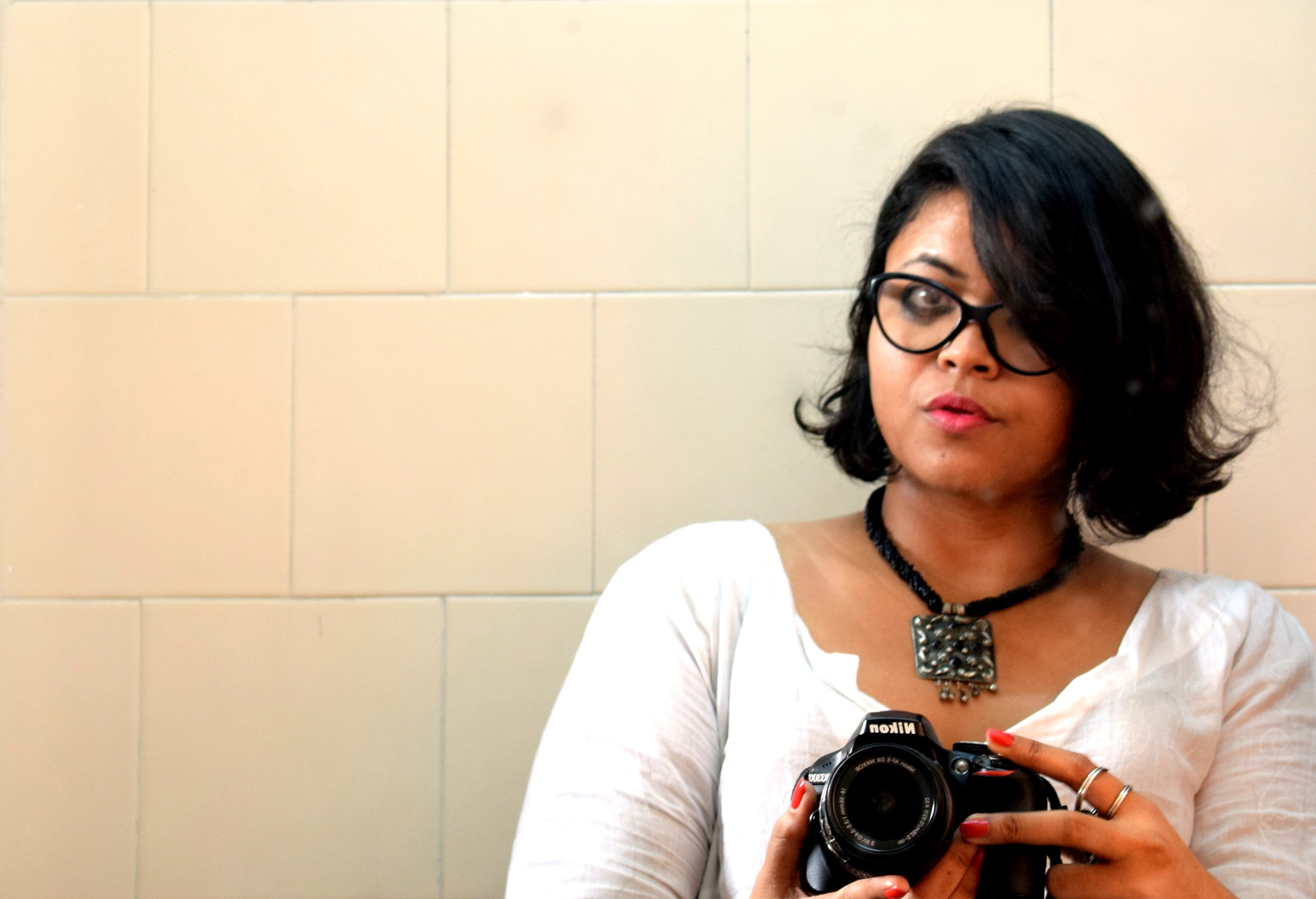In December 2016, we launched our first poetry book, Indigenous Species by Khairani Barokka. Indigenous is not your usual poetry book, though. It's a jagged, hard-hitting narrative poem about a young girl's abduction in the Indonesian jungle, featuring brilliant glitch-inspired artwork, and was conceived as a sight-impaired-accessible art book, with a braille translation and tactile artwork. We at TAP are immensely proud of this book, so we thought we'd share Khairani's inspiration for creating it.
"In 2013, in Jakarta, I wrote a poem that seemed to propel itself onto the page. The idea I had in mind was to craft an accessible spoken word performance, involving subtitles and video art projections. What poured out onto the page encapsulated all the fury, dismay, and deep sadness that wells up when I encounter news stories on Indonesia’s oceans, air or indigenous peoples. Stories of pollution and indiscriminate destruction; of shortsightedness, irresponsibility, and implicit disrespect; of circumstances which no human being should ever have to experience.
[T]he destruction continues year by year, through the fires and forced relocations used to clear the way for new factories and plantations, through the seas of rubbish that surround our 17,000-plus islands, and through the deadly smog which killed nearly one hundred thousand Indonesians last year alone, and many thousands abroad.
Because of course, this is not just Indonesia’s story. At this ominous stage of climate change, all of our futures are tied to that of the orangutans in Kalimantan, of the hundreds of indigenous cultures spread across the islands, of kids in Jakarta whose days are spent laughing and singing amidst automobile fumes. We live in a world where what we ingest, peruse in bookstores, slather on and wash off, are all direct products of unsustainable forestry systems, where the crises of ecosystems may not enter the consciousness of those who consume their fruits on a daily basis. We are all just trying to live a good life, and for many of us that entails access to products, whether “budget” or “luxury”, that are tapped from jungles we’ve never even been close to.
So out came Indigenous Species, first performed in 2013, as a spoken word poem at Melbourne's Emerging Writers’ Festival. And then, one day, I found myself at a residency in Malaysia, a place of quiet and calm. Trees outside my window, holding the city at arm’s length. Thinking about the jungle, I remembered this poem, and found that the images I’d imagined for the original production were still there inside my head. Longer story short, it became a proposal for a book, one where these images would be a tactile experience, existing alongside text—and also alongside Braille.
The last thing this book is meant to be is an act of charity. As a disabled person myself, but one who accesses two-dimensional text and images with ease (thanks to glasses and contacts), I am an outsider who in no way intends to “voice for the voices of the voiceless”, or to imply that blind and visually-impaired people are not long-standing advocates for their own community. This community includes several friends and colleagues to whom I am hugely indebted for educating me. I am also in favour of at least understanding the social model of disability, where “disabled” is not the opposite of “unable” but “enabled”, and that many disabilities are societal and societally exacerbated. The Braille-and-tactile form of this book is an effort to emphasize one form of such discrimination, which persists in the publishing industry. Its contents, however, were created in a haze of anger and bewilderment at what has been happening in my own and other countries. If you’re sighted and are reading the “flat”, non-Braille, non-tactile version, you’ll notice the word “Braille” (in Braille) on every other page. This is an attempt to invert what scholar Georgina Kleege alerts us to in her article “Visible Braille/ Invisible Blindness”—the usual visibility of Braille in public places for the benefit of sighted people. I believe this corresponds to the usual lack of Braille in literature meant for sighted people, which can mask publishing’s discrimination. Thus Indigenous Species attempts to make the absence of Braille visible and felt in its sighted-reader version, just as sight-impaired or blind readers feel its absence in every two-dimensional book."
The lovely Khairani with Indigenous Species
To really experience the brilliance of both the poem and the author, you need to see Khairani perform it - and you can catch her at these upcoming events:
Sat, Feb 18: Reading with a Q and A on Indigenous Species at Verve Poetry Festival, Waterstones Birmingham, 1.15-2.30PM.
Wed, Feb 22: Reading and discussion on Currently and Emotion with Sophie Collins, University of Liverpool.
Mar 10: Discussion on centring women in the arts and publishing, as part of the Southbank Centre's Women of the World Festival in London.














